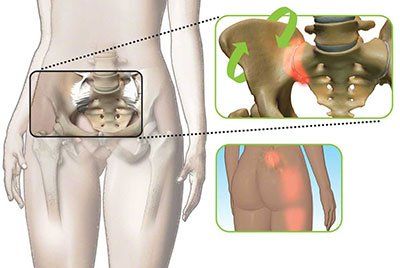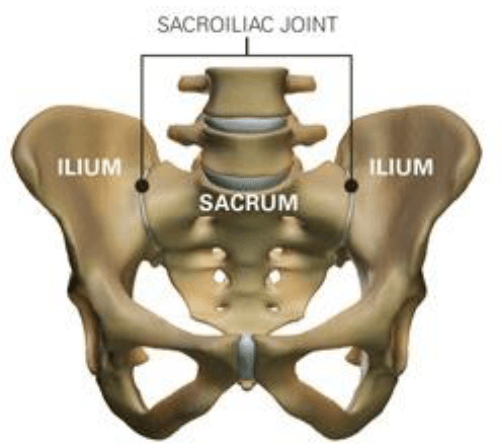SI-Bone Seminar - Sacroiliac Joint Fusion
Sacroiliac Joint Fusion
The sacroiliac (SI) joint is a significant cause of low back pain. The SI joint has been identified as a pain generator in 15-30% of chronic low back pain patients.1-4 In addition, the SI joint is a pain generator in up to 43% of patients with continued or new onset low back pain after a lumbar fusion.5 Sacroiliac fusion is a minimally invasive surgical SI joint treatment option that provides stabilization and fusion of the SI joint. The procedure is done through a small incision. Although there are many published studies on the study that have documented procedure safety and effectiveness. Your surgeon will evaluate you and determine if this procedure is an option for you.
Free Seminar
Want more information on treatment options?
Unresolved lower back pain, buttock pain, hip, groin or leg pain may be coming from the sacroiliac joint. Join us for a free informative seminar led by Dr. Gabriel Garcia-Diaz, and learn about a treatment for some causes of SI joint dysfunction.
Click Here to Register For Our Free Educational Seminar
Sacroiliac Joint (SI Joint) Anatomy
The sacroiliac joint (SI joint) is located in the pelvis; it links the iliac bones (pelvis) to the sacrum (lowest part of the spine above the tailbone). It is an essential component for shock absorption to prevent impact forces from reaching the spine.

Do you have SI Joint Problems?
Like other joints in the body, the SI joint can be injured and/or become degenerative. Degeneration of this joint can result in pain in the buttock and sometimes in the low back and legs. This can be worsened by lifting, running, walking or even sleeping on the involved side.
It’s common for pain from the SI joint to feel like disc or low back pain. For this reason, this diagnosis can be overlooked by many physicians.
Making a Diagnosis
A variety of tests performed during physical examination may help reveal the SI joint as the cause of your symptoms. An expert in the treatment of the sacroiliac joint is important to make this diagnosis.
Your surgeon may recommend a diagnostic SI joint injection in order to determine whether the SI joint is the cause of your low back pain symptoms.
Treatment Options
Once the SI joint is confirmed as the cause of your symptoms, treatment can begin. Some patients respond to physical therapy, use of oral medications, or injection therapy. These treatments are often performed repetitively, and frequently symptom improvement using these therapies is temporary. At this point, you and your surgeon may consider other options, including minimally invasive surgery.

Bernard TN, et al. Recognizing specific characteristics of nonspecific low back pain. Clin Orthop Relat Res. 1987;217:266–80.
Schwarzer AC, et al. The Sacroiliac Joint in Chronic Low Back Pain. Spine. 1995;20:31–7.
Maigne JY, et al. Results of Sacroiliac Joint Double Block and Value of Sacroiliac Pain Provocation Tests in 54 Patients with Low Back Pain. Spine. 1996;21:1889–92.
Sembrano JN, et al. How Often is Low Back Pain Not Coming From The Back? Spine. 2009;34:E27–32.
DePalma MJ, et al. Etiology of Chronic Low Back Pain Patients Having Undergone Lumbar Fusion. Pain Med. 2011;12:732-9.
Want more information on treatment options?

